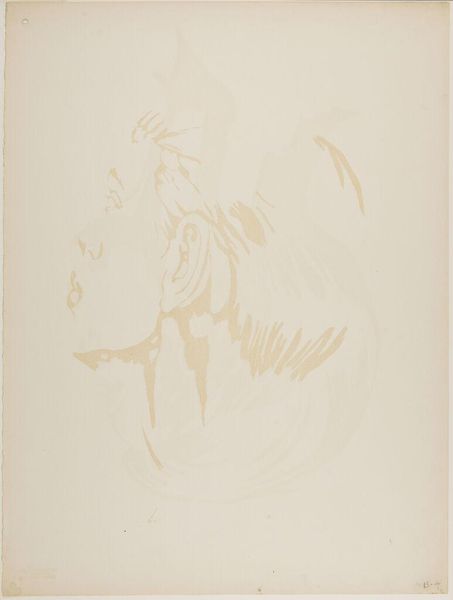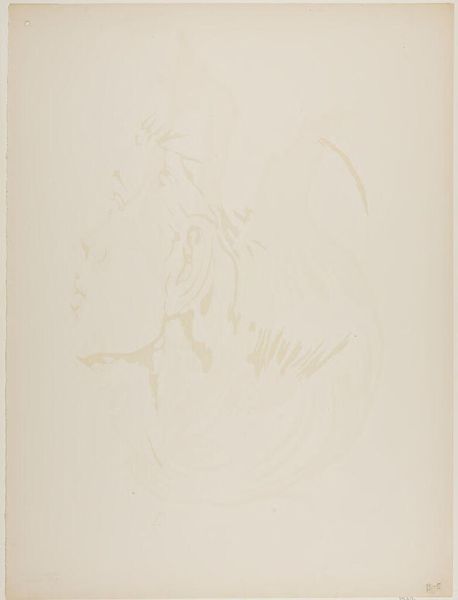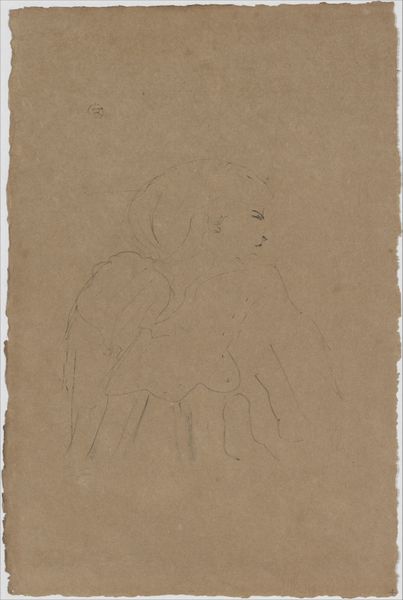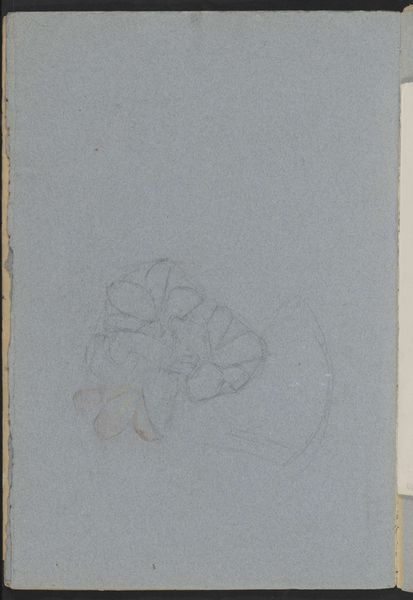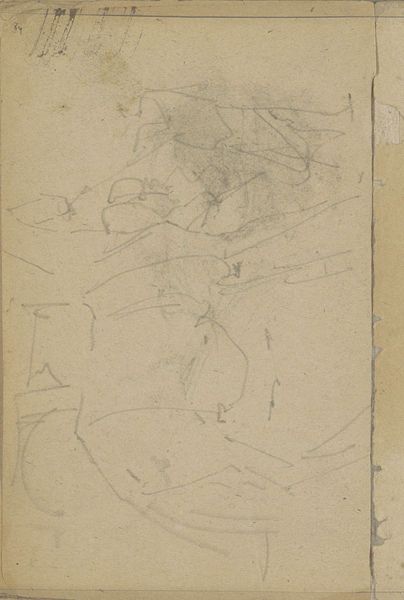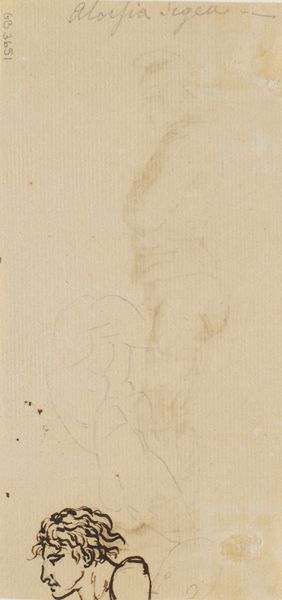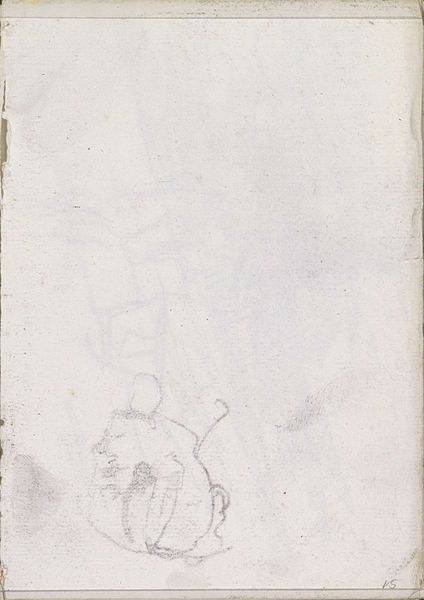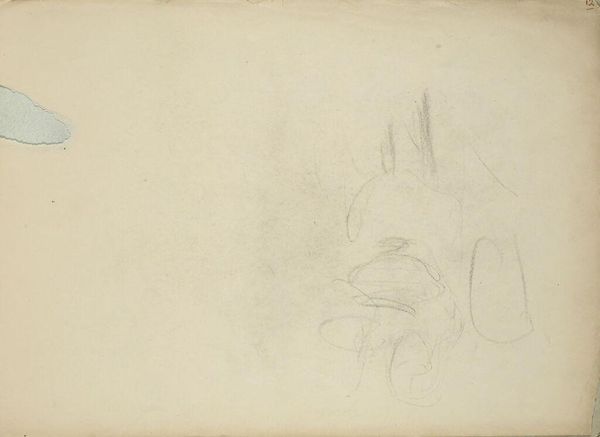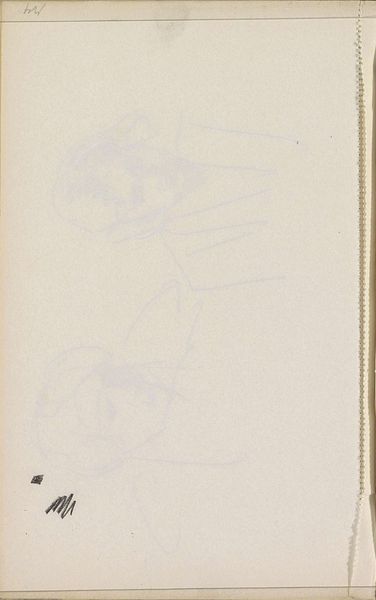
drawing, print, paper, pencil, chalk
#
portrait
#
drawing
# print
#
pencil sketch
#
classical-realism
#
paper
#
pencil
#
chalk
Dimensions: 385 × 245 mm
Copyright: Public Domain
Curator: Here we have an 18th-century piece from the Art Institute of Chicago attributed to Raphael: “Head of a Bearded Man.” It’s a drawing, primarily using pencil and chalk on paper. Editor: It looks almost ghostly, a whisper of a man emerging from the paper's surface. It reminds me of charcoal sketches I made after watching Bergman films – all about capturing the soul. Curator: Indeed. The softness of the chalk coupled with the precision of the pencil creates a fascinating tension. You see how the lines defining the beard are much more defined than the faint and loose sketch of the figure’s upper body. What strikes me most is the universal nature of the patriarchal archetype. Long flowing beard; wisdom and power symbolized in hair. Editor: You know, for me it’s less about power and more about contemplation. The eyes, though only lightly sketched, suggest a deep inner world. All I can imagine is that he’s thinking through something complex. Like figuring out how to order lunch for the Gods at Mount Olympus. Curator: The portrait style invites such introspection, doesn’t it? We’re drawn to project our own interpretations, seeing reflections of wisdom or pensiveness as we wish. What Raphael--if the attribution is accurate--captured here, speaks to humanity’s timeless search for meaning. Notice too, how classical realism emphasizes an ideal form, drawing on traditions going back to antiquity. Editor: It's cool to consider him part of a chain of gazes, both his upon the model, and our own through history. Does it evoke anything specific for you? Besides that this patriarch might need to lay off of ambrosia. Curator: The echoes of philosophers and religious figures. I imagine Plato or perhaps even a more gentle depiction of Moses. The ambiguity is deliberate, though. The sketch invites us to fill in those symbolic gaps with our own understanding. Editor: For me, it’s about that fleeting feeling of encountering profound wisdom. Even if it’s only sketched in soft lines. Makes me want to pull out my pencils. Curator: Perhaps we both should, drawing on these inspiring vestiges of the past. Editor: Definitely. This drawing is not just a study, but an invitation to muse.
Comments
No comments
Be the first to comment and join the conversation on the ultimate creative platform.
